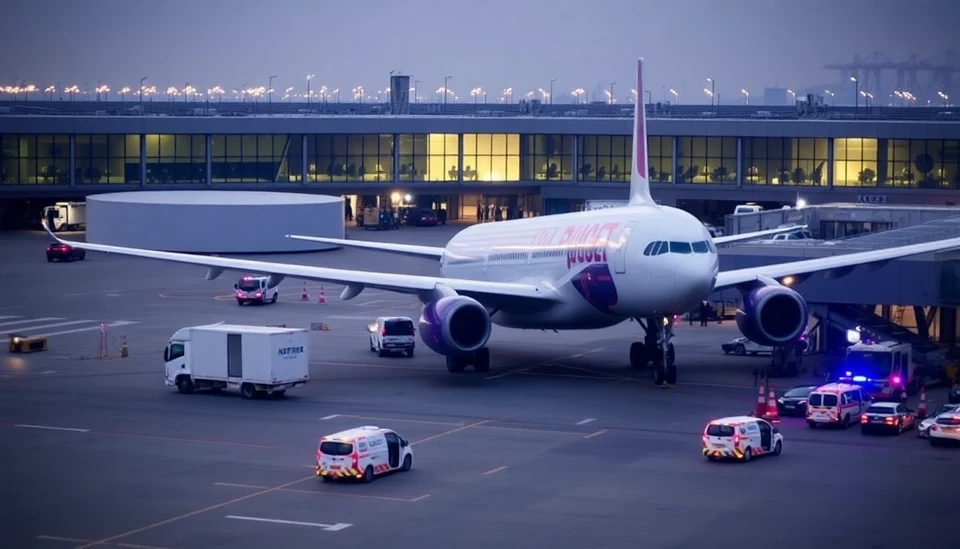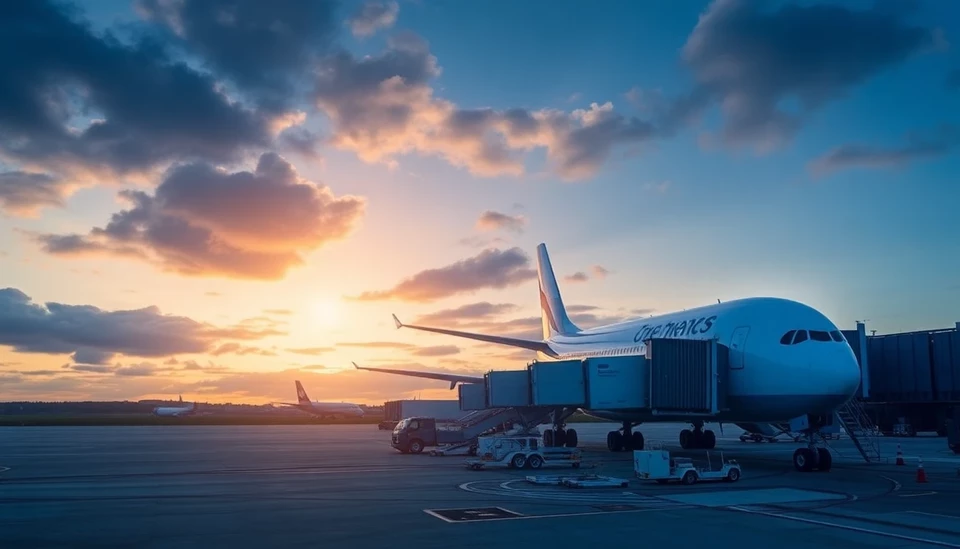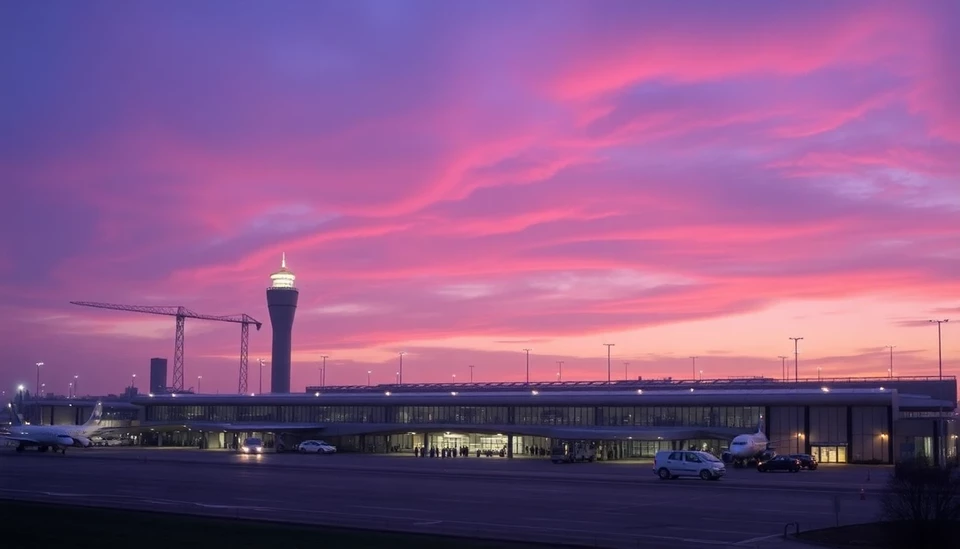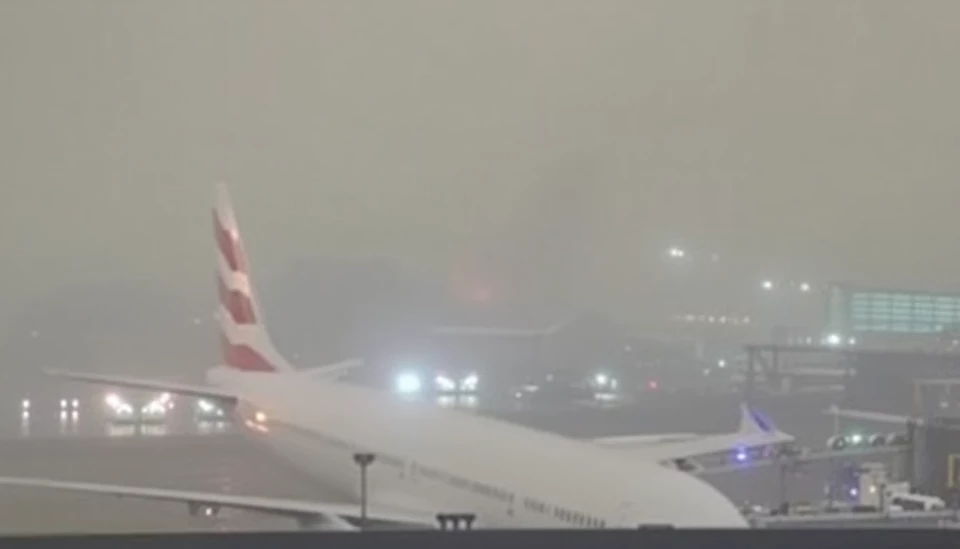
In a startling turn of events, London Heathrow Airport, one of the busiest airports in the world, experienced significant operational disruptions due to the introduction of an unidentified device. This incident not only caused chaos for thousands of travelers but also raised pressing concerns about airport security and the potential ramifications for the aviation industry as a whole.
The device, described as small yet sophisticated, was discovered in a restricted area of the airport, leading to immediate emergency protocols being enacted. Security personnel swiftly evacuated the area and initiated a thorough search to ensure that no additional devices were present. This decisive action was taken to protect passengers and staff from any potential threat.
As a result of the discovery, numerous flight delays and cancellations ensued, stranding passengers and impacting airlines across the globe. Heathrow, which serves as a vital hub for international travel, experienced a cascade of operational challenges, leaving many individuals frustrated as they faced unforeseen changes to their travel plans.
The incident ignited discussions surrounding airport security measures and the effectiveness of current protocols in preventing similar occurrences. Experts in aviation security were quick to analyze the situation, noting that such devices, though relatively rare, could pose significant risks if not swiftly contained. The aviation community, alongside airport authorities, is now examining how to bolster security frameworks to safeguard against future incidents.
Officials have also emphasized the importance of clear communication during such emergencies, with many travelers expressing confusion and distress as updates regarding their flights became scarce. The chaotic atmosphere highlighted the need for better strategies to keep passengers informed during unexpected events.
Heathrow Airport has since reported that it is conducting a comprehensive review of the incident. Investigators are currently working to determine the origins of the device and whether it was an isolated incident or part of a larger security threat. The results of this investigation will likely influence future airport security policies and passenger safety initiatives.
In the aftermath, airlines and airport officials are collaborating to mitigate the effects on travelers, offering assistance and rebooking options where necessary. The resilience of the aviation sector will be put to the test as it navigates the complications arising from this disruption and seeks to restore normal operations as swiftly as possible.
As more details emerge regarding the device and its implications, stakeholders in the aviation industry remain watchful, aware of the potential for lasting changes in security protocols driven by this incident. Ultimately, the response to this situation may set new standards for how airports approach safety and security in the future.
Given the widespread impact of this occurrence, it serves as a stark reminder of the ever-evolving challenges faced by the aviation sector and the necessity for continued vigilance in a world where security threats can take unpredictable forms.
For now, travelers are advised to stay updated on flight statuses and heed any alerts issued by their airlines or airport authorities. The hope is that swift action will not only resolve the current disruptions but also lead to stronger, more resilient security measures that ensure the safety and peace of mind of travelers for years to come.
#Heathrow #AirportSecurity #Aviation #TravelDisruption #FlightDelays #SecurityThreats #TravelNews #AviationIndustry #EmergencyProtocols #PassengerSafety
Author: Megan Clarke




